Bad debt increases rapidly
On April 18, in Hanoi , the Vietnam Banking Association held a seminar on Comments on the draft Law amending and supplementing a number of articles of the Law on Credit Institutions 2024.
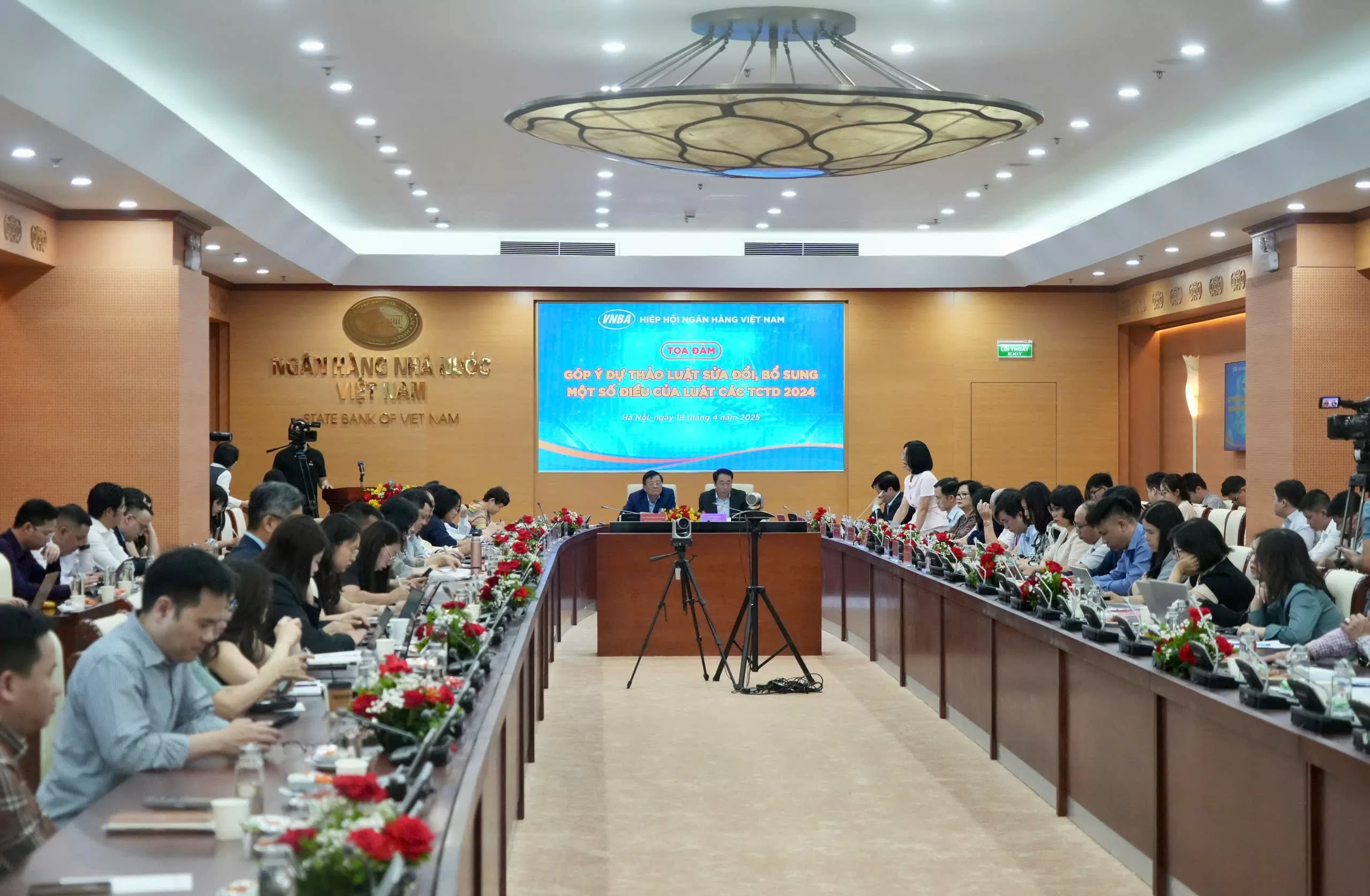 |
| Discussion on Comments on the Draft Law amending and supplementing a number of articles of the Law on Credit Institutions 2024. Photo: Ngo Hai |
In his opening speech, Mr. Nguyen Quoc Hung, Vice Chairman and General Secretary of the Vietnam Banks Association, said that the Law on Credit Institutions 2024, which officially took effect from July 1, 2024, has made adjustments to resolve difficulties and problems in the legal regulations of the banking system. However, it is regrettable that the Law on Credit Institutions 2024 has not codified a number of provisions in Resolution 42/2017/QH14 (Resolution 42) of the National Assembly on bad debt handling such as: The right to seize, seize collateral, return collateral after the case... affecting the ability of credit institutions to handle bad debt.
Presenting data on the current situation of bad debt to see the necessity of legalizing bad debt, Mr. Nguyen Quoc Hung said that by the end of 2024, the bad debt ratio of credit institutions was about 1,030,000 billion VND, including five restructured banks. If excluding the five banks that had to be restructured, the bad debt ratio would be about 1.93%, an increase of about 0.2% compared to 2023.
In a more specific analysis, the General Secretary of the Banking Association emphasized that at the beginning of 2024, Resolution 42 will expire, followed by Circular 02 of the State Bank on debt restructuring from the Covid-19 period, which will also expire, causing bad debt to increase. "If the total bad debt ratio is about 5.36%, of which on-balance sheet debt is about 780,000 billion, debt sold to VAMC is about 101,000 billion, and potentially risky debt is 150,000 billion. Thus, the total bad debt will be about more than 1 million billion VND at the end of 2024," Mr. Nguyen Quoc Hung pointed out.
Meanwhile, the speed of bad debt settlement in 2024 is mainly related to banks' risk provisions, handling of collateral accounts for 46%; customer self-paid debt of more than 100,000 billion, accounting for 36%; the rest is debt sold to VAMC. "Debt recovered through the sale of collateral through enforcement of judgments is only 7,000 billion, accounting for a very low rate," said Mr. Hung.
 |
| Mr. Nguyen Quoc Hung, Vice Chairman and General Secretary of the Vietnam Banks Association, spoke at the seminar. Photo: Ngo Hai |
In particular, according to the Leaders of the Banking Association, in just the first 2 months of 2025, the growth rate of bad debt was very fast, reaching 34,000 billion, if including restructuring banks, it was 1,000,064 billion. Meanwhile, the speed of bad debt handling in the first 2 months of the year was about 14,000 - 15,000 billion, still mainly due to credit institutions setting aside risk provisions, while customers paid off 10,000 billion, accounting for 36%, equal to 2024; the handling rate of banks in 2 months increased by 2%, to 48%.
“Thus, the main source for bad debt settlement is from credit institutions setting aside risk provisions. This greatly affects the business results of credit institutions, as well as reduces the resources to support businesses, the cash flow cannot circulate, affecting liquidity if not handled promptly” - Mr. Hung raised the issue.
It is worth noting that even the judgments that have come into force are still very entangled and difficult. Mr. Hung gave an example of a judgment that has come into force, but after 27-28 times of enforcement, auctions, and property sales, it still cannot be processed because of the Land Law. Of the more than 40,000 cases that have come into force and have been transferred to enforcement, in 2024, only 15% of the cases will be resolved with a very small amount of money compared to the judgment that has come into force.
“We all have the responsibility to protect the legitimate rights and interests of the people, but that does not mean protecting the wrong things. When borrowing, we committed to the bank to pay the debt, but then we tried to drag it out, found every way to avoid the debt, or paid the principal without paying the interest, and there were even groups that defaulted on the debt,” the General Secretary of the Banking Association emphasized.
Awakening the consciousness of debt repayment
From the practice and difficulties of credit institutions, Mr. Nguyen Quoc Hung said that amending and supplementing a number of articles of the Law on Credit Institutions 2024 not only creates conditions for banks to collect debts but is also a wake-up call for borrowers to be aware and responsible for paying debts, eliminating the mindset of finding every way not to pay debts, finding every way not to hand over assets, finding every way to ask for interest exemption, even borrowing to pay principal and not wanting to pay interest while the collateral is very large.
Along with that, from the drafted viewpoints to be included in the previous Law on Credit Institutions, the Banking Association has synthesized 3 main contents including: Legalizing regulations on the right to seize secured assets; legalizing regulations on the seizure of secured assets of the party subject to enforcement; legalizing regulations on the return of secured assets as evidence in criminal cases and supplementing regulations on the return of secured assets as evidence and means of administrative violations for credit institutions to discuss.
“Regarding the regulations on confiscation of secured assets, the most important content is to communicate so that people understand and are aware of the responsibility of borrowing capital from the bank, which is to repay the debt. If they cannot repay the debt, they must voluntarily hand over the secured assets to the bank or handle the secured assets themselves to repay the bank debt. Along with that, it is necessary to include in the law the responsibility of the commune-level agency associated with the location of the secured assets so that they can coordinate to support credit institutions in confiscating secured assets according to the provisions of law,” Mr. Hung emphasized.
Meanwhile, regarding the regulations on the seizure of collateral assets of the party subject to enforcement, credit institutions will only be allowed to seize in cases that affect the health of the borrower or with the consent of the credit institution. Thus, if there is collateral assets that have secured the debt, even if the seizure is considered for other effective judgments to ensure the rights of credit institutions.
Regarding the return of collateral assets that are evidence in criminal cases, exhibits, and means of administrative violations in administrative violations. According to Mr. Hung, there have been many judgments related to criminal, civil, and administrative cases; during the trial, investigation, and review process, these collateral assets were almost frozen, and some assets after the judgment took effect had a value of 0 because of degradation, damaged assets like goods... "This is one of the opening points of the draft revised Law on Credit Institutions this time when assets that do not affect the trial process and post-trial handling will be returned" - Mr. Hung said.
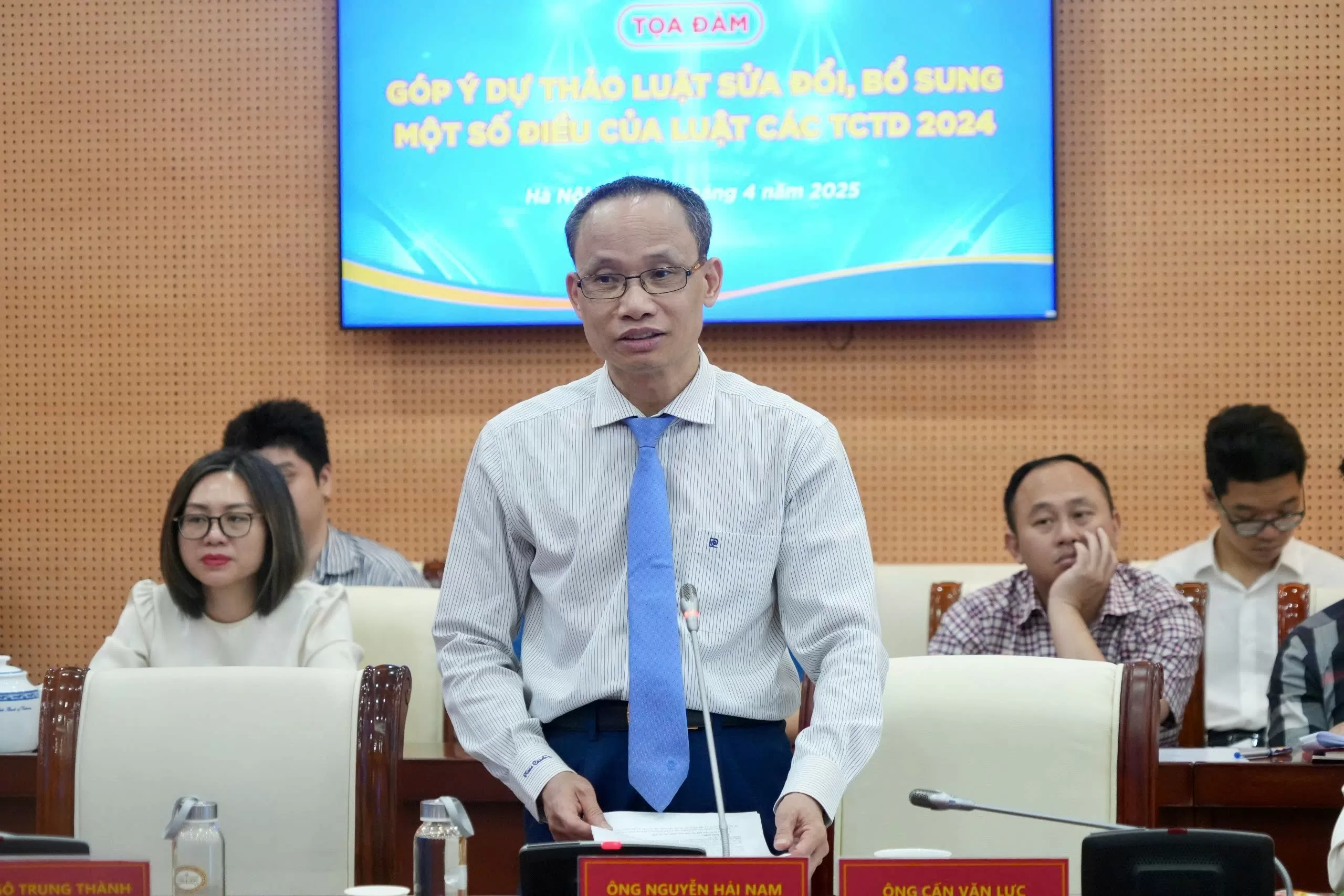 |
| Dr. Can Van Luc, Chief Economist of BIDV , commented on the draft law. Photo: Ngo Hai |
Sharing the same opinion on the draft Law amending and supplementing a number of articles of the Law on Credit Institutions 2024, Dr. Can Van Luc, Chief Economist of BIDV, said that legalizing the provisions in Resolution 42 will resolve difficulties in the process of handling secured assets and bad debt settlement; at the same time, harmonizing the protection of creditor rights of credit institutions with the enforcement of judgments and decisions of competent authorities. "These changes will speed up the handling of bad debt and reduce operating costs of credit institutions, thereby supporting the reduction of interest rates as well as increasing the ability to supply capital to the economy; at the same time, increasing the sense of responsibility of borrowers" - Dr. Can Van Luc affirmed,
According to the expert, the most important thing is to remove obstacles and barriers, unblock resources, improve efficiency and quality of laws, and in the spirit of the General Secretary, the National Assembly, and the Prime Minister's direction to "create development while still controlling risks and fighting waste, especially in the fields of land, real estate, access to capital, and law enforcement... Especially in the context of increasing bad debt; high risk of technology trade war, greatly affecting the economy, businesses, and financial and monetary markets in Vietnam.
| In Submission No. 169/TTr-CP dated April 5, 2025, the Government submitted to the National Assembly Standing Committee adjustments and supplements to the National Assembly Program (9th Session, May 2025) for consideration and approval according to the 1-session process, drafting according to the shortened order and procedures for 13 draft laws, including the Law on amending and supplementing a number of articles of the Law on Credit Institutions on the basis of the provisions of Clause 2, Article 26 of the Law on Promulgation of Legal Documents. |
Source: https://congthuong.vn/luat-hoa-de-lam-tan-cuc-mau-dong-no-xau-383701.html





![[Photo] General Secretary To Lam presents the First Class Labor Medal to the Vietnam National Energy and Industry Group](https://vphoto.vietnam.vn/thumb/1200x675/vietnam/resource/IMAGE/2025/9/21/0ad2d50e1c274a55a3736500c5f262e5)








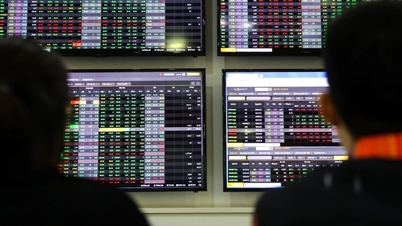








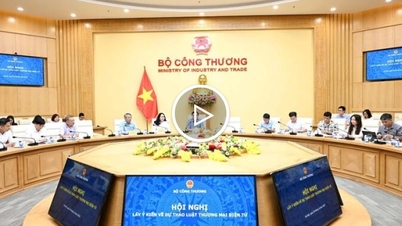




![[Photo] General Secretary To Lam attends the 50th anniversary of the founding of the Vietnam National Industry and Energy Group](https://vphoto.vietnam.vn/thumb/1200x675/vietnam/resource/IMAGE/2025/9/21/bb0920727d8f437887016d196b350dbf)



































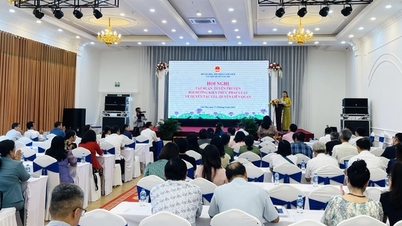










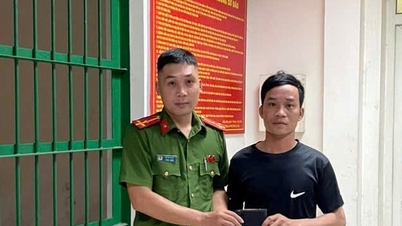



















Comment (0)